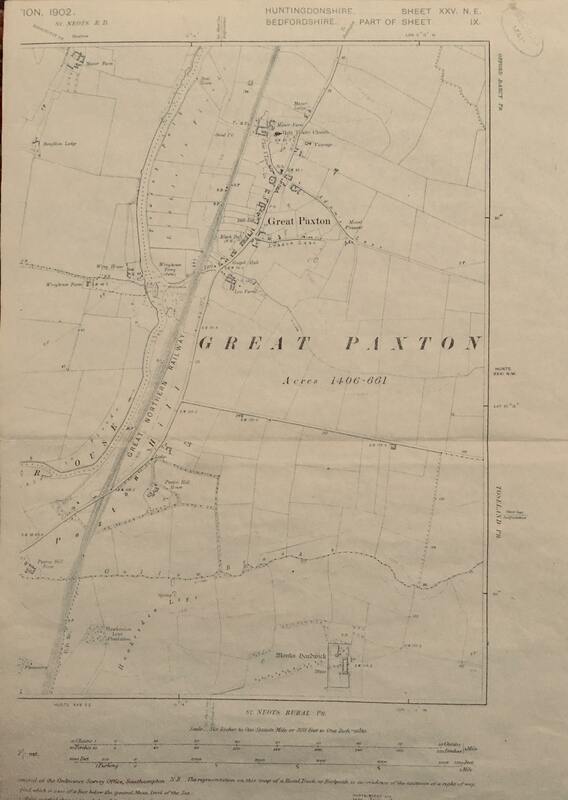

Burt, a Professor of Dance History at De Montfort University and one of the leading dance studies scholars in the UK, has in recent years steadily chipped away at several canonical beliefs about 20th-century dance. It is this tension between American postmodern dance as exemplified by the signature works of the Judson Dance Theatre-like Paxton's Flat-and the performative traces of this work in European modern dance that is the focus of Burt's newest book, Judson Dance Theatre: Performative Traces. But as a signifier for European postmodern dance-this image just might work. Instead, it has the expansive emotional reach of Albrecht swearing allegiance to Giselle-and Baryshnikov's fashionable eyeglasses suggest that his is a body with a consciousness of seduction, his dance driven by an intelligence and pleasure in the audience-pleasing aesthetic, and not just the functional aspects, of the movement he is performing. This Kirov-trained danseur's gesture seems too theatrical for the raw minimalism of the Judson Dance Theatre ethos. It's a dramatic, arresting, historic.and wrong.image.


Baryshnikov sits on the stage floor, naked except for boxers, his jacket and trousers hanging off tiny hooks taped to his bare torso as if he were his own valet. The photo on the cover of Ramsay Burt's Judson Dance Theatre: Performative Traces shows Mikhail Baryshnikov performing Flat, Steve Paxton's iconic 1964 solo.


 0 kommentar(er)
0 kommentar(er)
